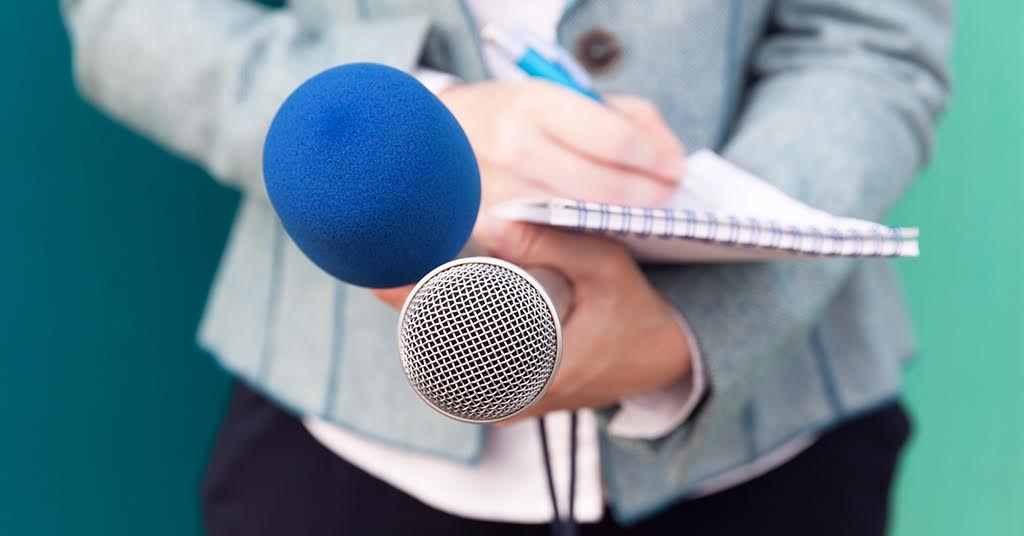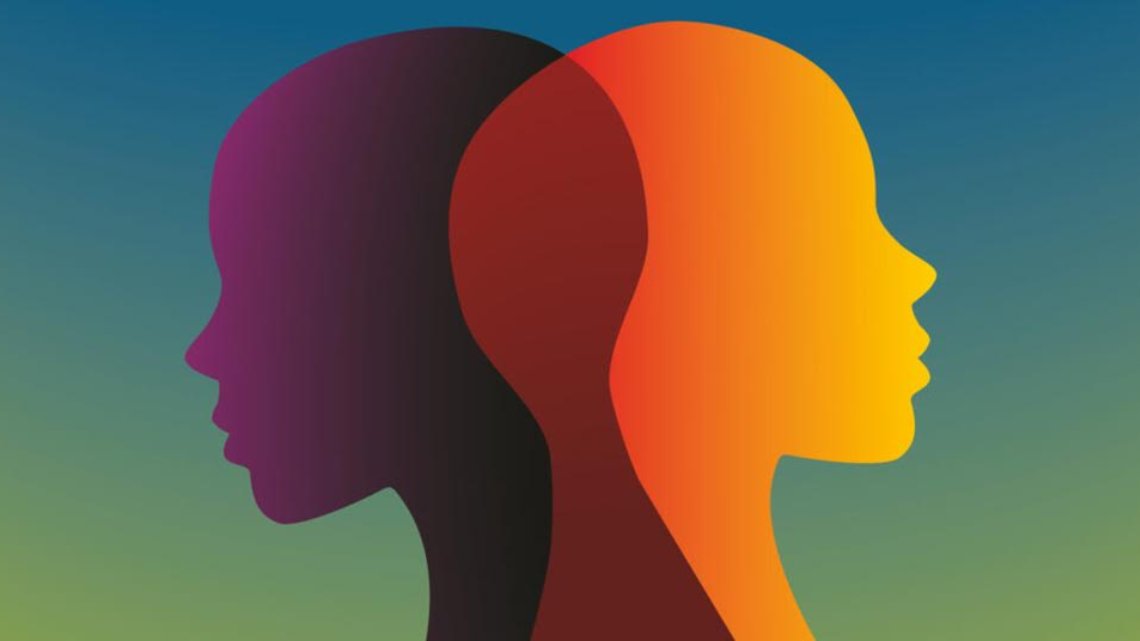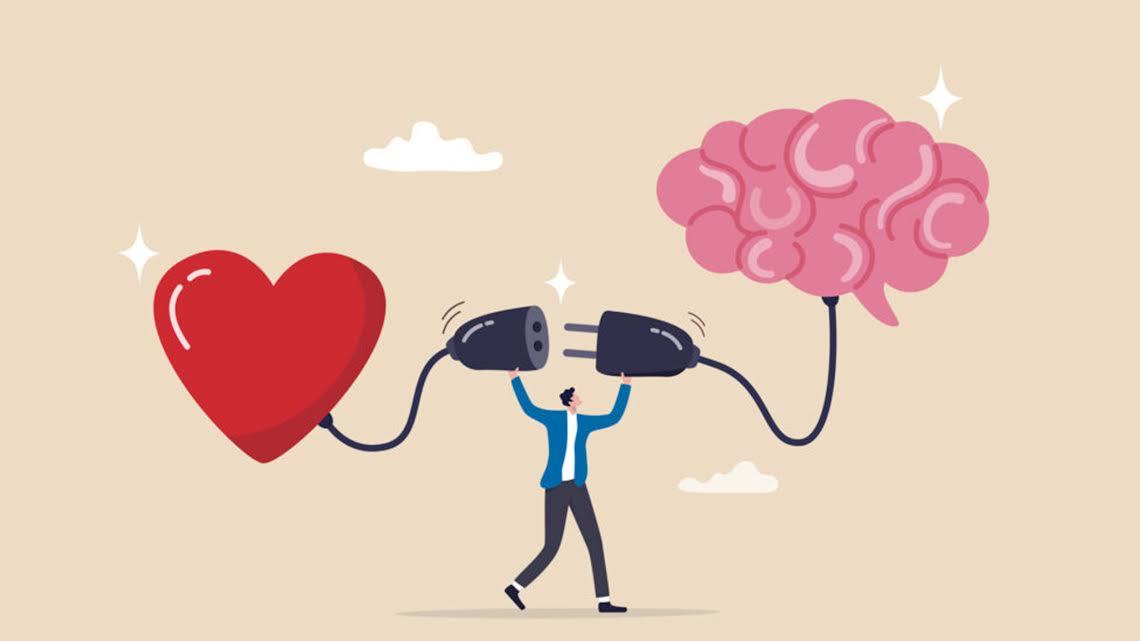
Sensational headlines can stigmatise people facing psychological difficulties and discourage them from seeking help, which makes it imperative for journalists in Hong Kong to provide coverage that is responsible, informed and balanced.
This is especially important at a time when many Hong Kong people are facing psychological challenges: A recent study showed that more than a quarter of the city’s young people suffered at least one mental health issue over the course of a year, while many elderly people were living with dementia and other debilitating conditions such as depression (Chinese University of Hong Kong, 2023).
Journalists play a key role in shaping public perceptions of mental health and suicide, and one area where they must exercise great care is in covering violent crime.
Experts say that multiple factors contribute to violent behaviour, including alcohol and drug abuse, severe and acute life stressors, social factors including family background, and a desire for notoriety (innerbody, 2023).
The Hong Kong government’s management of the city’s mental health crisis was thrown into the spotlight last year when a man diagnosed with schizophrenia carried out a savage knife attack on two women in a shopping mall in Hong Kong’s Diamond Hill district. The killings sparked a public debate about how the Hong Kong authorities should deal with people suffering from serious mental health issues (Mind HK, 2023).
This is where the journalist has a responsibility to provide coverage that puts such incidents in context and to avoid generalisations that could stigmatise all people living with mental health issues. Journalists do have guidance to assist them in this kind of coverage: most media outlets have ethical codes of conduct, and mental health and suicide prevention advocacy groups publish media guidelines (Mind HK, 2023)
Mind HK a mental health charity, was quick to respond to the coverage of the Diamond Hill killings. Their advice for the media included these key points:
- The vast majority of people diagnosed with schizophrenia are not violent, and generalising about or stigmatising individuals with this condition can further isolate them and discourage them from seeking help.
- Research indicates only 3% to 5% of violent acts can be attributed to people with mental illness.
- Individuals living with mental health conditions are significantly more likely to be victims of violence themselves.
It is important for journalists to prominently feature this type of contextual information in their coverage of violent incidents blamed on mental illness.

Concern about media coverage led Hong Kong’s Equal Opportunities Commission to publish guidelines for journalists reporting on mental health issues (EOC, 2024). At a news conference to launch the guidelines in June, the EOC’s chair Linda Lam Mei-sau said, “We hope to leverage the media’s influence to deepen the public’s understanding of mental health issues and develop the right concept, so that we can reduce the stereotyping of people with mental health needs and those in recovery and foster greater understanding and inclusion in society.”
The EOC guidelines emphasise the importance of accuracy in reporting, of minimising harm in the use of language and images, of protecting people’s privacy, and of providing information on mental health support resources.
The commission’s recommendations for journalists include:
- Provide information about support services and contact details of relevant organisations, such as hotline numbers, to encourage people with mental health needs to seek help.
- Stories that highlight the capabilities, strengths and diversity of individuals with mental health needs will encourage the public to see them in a more positive light.
- Give voice to persons with mental health needs, allowing them to share stories about their personal growth, their re-integration into society, and their contributions to their families and to society.
This advice is in line with the guidelines in place across the media industry.
When covering suicide, the journalist’s greatest responsibility is to avoid writing anything that could encourage copycat actions. It is also important not to over-simplify the reasons for a death by suicide. Publishing details of how suicides are carried out can be a contributory factor to what is known as suicide contagion.
Given what it described as the “serious concern” about local coverage of suicide, the Hong Kong Journalists Association published guidelines aimed at reducing the risk of “copycat” deaths (HKJA). It recommended that journalists should:
- Avoid giving a detailed description of the suicide method.
- Avoid giving the false impression, in particular to youngsters, that suicide is a way to become famous.
- Avoid over-simplifying the causes of a suicide and apportioning blame.
- Devote more coverage to suicide trends and the possible remedies.
- Publish information about counselling services.
Journalists should also not publish details of suicide notes. It is an invasion of privacy, it can cause further distress to the family, and it may also encourage people to identify with the person’s reasons and motivations and cause them to have suicidal thoughts.
To sum up: Journalists have a responsibility to provide balanced, informed coverage of mental health and suicide. They should take care to put events in context and avoid language that could potentially stigmatise people with mental health issues or, in the case of suicide coverage, lead to copycat deaths.
These are complex social issues, and journalists have a duty to provide the public with informed coverage that is free of sensationalism and potentially harmful generalisations at a time when many people in Hong Kong are struggling with mental health challenges.
Photo Credits:
First image: Istock pc: Misha Shutkevych
Second image: Istock pc: Mihajlo Maricic
References
Innerbody (2023). Mental Illness and Violence. https://www.innerbody.com/mental-illness-and-violence
Equal Opportunities Commission (2024). Media Guidelines for Reporting on Mental Health Issues: Equal Opportunities Commission https://www.eoc.org.hk
Grundy, T. (2023, October 25). Hong Kong Policy Address 2023: New initiatives to tackle mental health crisis. HONG KONG FREE PRESS, (23). https://hongkongfp.com/2023/10/25/hong-kong-policy-address-2023-new-initiatives-to-tackle-mental-health-crisis/
HKJA (n.d.). HKJA GUIDELINES ON COVERAGE OF SUICIDES. Hong Kong Journalists Association. https://www.hkja.org.hk/en/hkja-guidelines-on-coverage-of-suicides/
Mind HK (2023, June 25). Mind HK Media Guidelines: Reporting on Mental Health Conditions. https://www.mind.org.hk/wp-content/uploads/2023/08/MEDIA-GUIDELINES-ENG-1.pdf
Mind HK (2023, June 25). Media Guidelines. https://www.mind.org.hk/wp-content/uploads/2023/08/MEDIA-GUIDELINES-ENG-1.pdf

Eric Wishart
About the author
Eric Wishart is standards and ethics editor, and former editor-in-chief, of the international news agency AFP. He teaches journalism at the University of Hong Kong and is an external examiner for Cardiff University’s School of Journalism. He is a judge for the Hong Kong News Awards and the SOPA (Society of Publishers in Asia) Awards and is a member of the ethics committee of the Society of Professional Journalists in the United States. He is the author of “Journalism Ethics: 21 Essentials from Wars to Artificial Intelligence”, which includes a chapter on covering disability and mental health.
Recently Added
“My New Year’s resolution will be to exercise at least three times a week”, “this is my year where I am going …
I started playing the piano when I was 4 years old. I used to miss out on playdates to practice for 3-4 …
Stress has become a defining feature of modern living—particularly in Asia. In 2023, 88% of Singaporeans reported feeling stressed, up from 84% …




